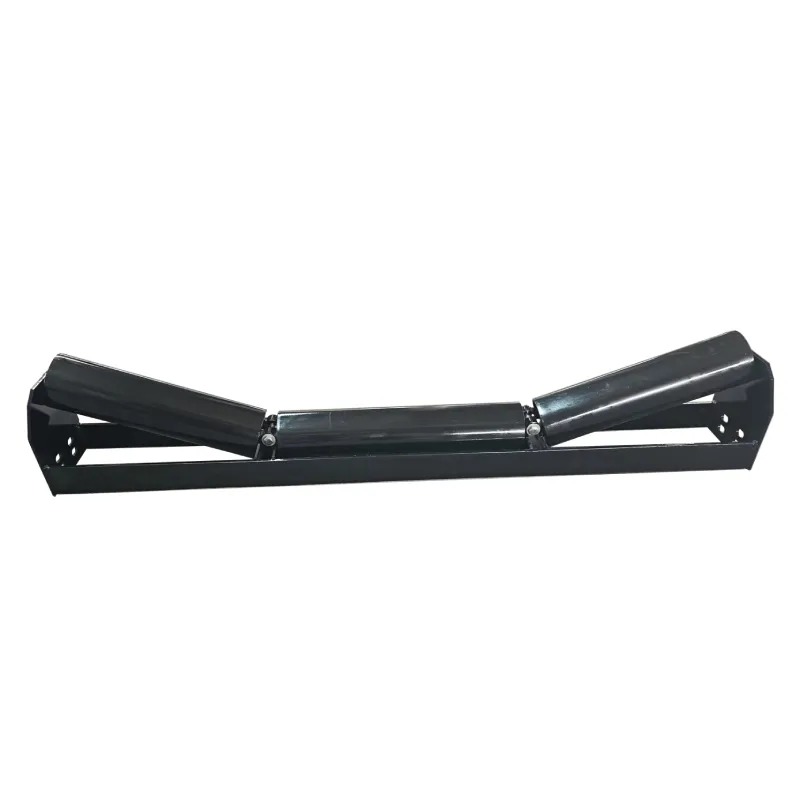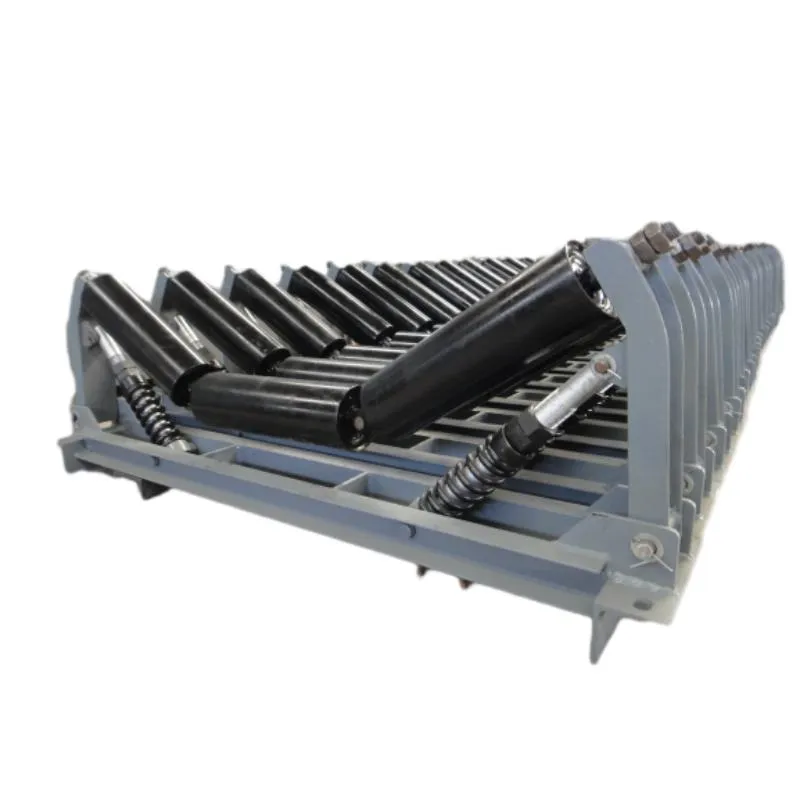 Afrikaans
Afrikaans  Albanian
Albanian  Amharic
Amharic  Arabic
Arabic  Armenian
Armenian  Azerbaijani
Azerbaijani  Basque
Basque  Belarusian
Belarusian  Bengali
Bengali  Bosnian
Bosnian  Bulgarian
Bulgarian  Catalan
Catalan  Cebuano
Cebuano  Corsican
Corsican  Croatian
Croatian  Czech
Czech  Danish
Danish  Dutch
Dutch  English
English  Esperanto
Esperanto  Estonian
Estonian  Finnish
Finnish  French
French  Frisian
Frisian  Galician
Galician  Georgian
Georgian  German
German  Greek
Greek  Gujarati
Gujarati  Haitian Creole
Haitian Creole  hausa
hausa  hawaiian
hawaiian  Hebrew
Hebrew  Hindi
Hindi  Miao
Miao  Hungarian
Hungarian  Icelandic
Icelandic  igbo
igbo  Indonesian
Indonesian  irish
irish  Italian
Italian  Japanese
Japanese  Javanese
Javanese  Kannada
Kannada  kazakh
kazakh  Khmer
Khmer  Rwandese
Rwandese  Korean
Korean  Kurdish
Kurdish  Kyrgyz
Kyrgyz  Lao
Lao  Latin
Latin  Latvian
Latvian  Lithuanian
Lithuanian  Luxembourgish
Luxembourgish  Macedonian
Macedonian  Malgashi
Malgashi  Malay
Malay  Malayalam
Malayalam  Maltese
Maltese  Maori
Maori  Marathi
Marathi  Mongolian
Mongolian  Myanmar
Myanmar  Nepali
Nepali  Norwegian
Norwegian  Norwegian
Norwegian  Occitan
Occitan  Pashto
Pashto  Persian
Persian  Polish
Polish  Portuguese
Portuguese  Punjabi
Punjabi  Romanian
Romanian  Russian
Russian  Samoan
Samoan  Scottish Gaelic
Scottish Gaelic  Serbian
Serbian  Sesotho
Sesotho  Shona
Shona  Sindhi
Sindhi  Sinhala
Sinhala  Slovak
Slovak  Slovenian
Slovenian  Somali
Somali  Spanish
Spanish  Sundanese
Sundanese  Swahili
Swahili  Swedish
Swedish  Tagalog
Tagalog  Tajik
Tajik  Tamil
Tamil  Tatar
Tatar  Telugu
Telugu  Thai
Thai  Turkish
Turkish  Turkmen
Turkmen  Ukrainian
Ukrainian  Urdu
Urdu  Uighur
Uighur  Uzbek
Uzbek  Vietnamese
Vietnamese  Welsh
Welsh  Bantu
Bantu  Yiddish
Yiddish  Yoruba
Yoruba  Zulu
Zulu Feb . 03, 2025 03:57
Back to list
idler roller
Belt idler rollers are critical components in bulk material handling systems and conveyor belt designs. Widely used in industries such as mining, quarrying, and manufacturing, these rollers contribute significantly to the smooth operation of conveyor belts by maintaining belt tension and aligning the system to prevent spillage and belt drift. This article provides a comprehensive exploration of belt idler rollers, offering expert insights and experiences to guide industry professionals and purchasers in making informed decisions.
Real-world experience underscores the importance of regular maintenance and timely replacement of belt idler rollers to maintain optimal conveyor performance and prevent unexpected downtime. Routine inspections focusing on wear and tear, bearing conditions, and alignment issues can vastly extend the lifespan of the rollers. Moreover, using advanced tools such as vibration analysis and infrared thermography to monitor roller conditions non-invasively has proven to be effective in many industrial settings. When acquiring belt idler rollers, the credibility and authority of the manufacturer cannot be overstated. Reputable manufacturers often invest in research and development, incorporating the latest technological advancements to enhance the reliability and efficiency of their products. Consequently, seeking testimonials, industry certifications, and case studies can provide assurance of quality and performance. Furthermore, ISO certification from the manufacturer establishes confidence in their production processes and commitment to quality management standards. Trustworthiness in belt idler rollers is also bolstered by the availability of after-sales service and support from manufacturers and suppliers. Comprehensive services such as installation guidance, technical support, and maintenance training reflect the manufacturer's dedication to ensuring their products deliver promised performance and reliability. In conclusion, belt idler rollers may be relatively simple components in the broader scope of conveyor systems, but their contribution is indispensable. Industry professionals and procurement specialists should prioritize quality, design suitability, maintenance regimes, and manufacturer reputation when choosing idler rollers. By doing so, businesses stand to gain improved efficiency, reduced operational costs, and a sustained workflow, ultimately enhancing productivity and profitability in their respective operations.


Real-world experience underscores the importance of regular maintenance and timely replacement of belt idler rollers to maintain optimal conveyor performance and prevent unexpected downtime. Routine inspections focusing on wear and tear, bearing conditions, and alignment issues can vastly extend the lifespan of the rollers. Moreover, using advanced tools such as vibration analysis and infrared thermography to monitor roller conditions non-invasively has proven to be effective in many industrial settings. When acquiring belt idler rollers, the credibility and authority of the manufacturer cannot be overstated. Reputable manufacturers often invest in research and development, incorporating the latest technological advancements to enhance the reliability and efficiency of their products. Consequently, seeking testimonials, industry certifications, and case studies can provide assurance of quality and performance. Furthermore, ISO certification from the manufacturer establishes confidence in their production processes and commitment to quality management standards. Trustworthiness in belt idler rollers is also bolstered by the availability of after-sales service and support from manufacturers and suppliers. Comprehensive services such as installation guidance, technical support, and maintenance training reflect the manufacturer's dedication to ensuring their products deliver promised performance and reliability. In conclusion, belt idler rollers may be relatively simple components in the broader scope of conveyor systems, but their contribution is indispensable. Industry professionals and procurement specialists should prioritize quality, design suitability, maintenance regimes, and manufacturer reputation when choosing idler rollers. By doing so, businesses stand to gain improved efficiency, reduced operational costs, and a sustained workflow, ultimately enhancing productivity and profitability in their respective operations.
Next:
Latest news
-
Revolutionizing Conveyor Reliability with Advanced Rubber Lagging PulleysNewsJul.22,2025
-
Powering Precision and Durability with Expert Manufacturers of Conveyor ComponentsNewsJul.22,2025
-
Optimizing Conveyor Systems with Advanced Conveyor AccessoriesNewsJul.22,2025
-
Maximize Conveyor Efficiency with Quality Conveyor Idler PulleysNewsJul.22,2025
-
Future-Proof Your Conveyor System with High-Performance Polyurethane RollerNewsJul.22,2025
-
Driving Efficiency Forward with Quality Idlers and RollersNewsJul.22,2025
OUR PRODUCTS





























